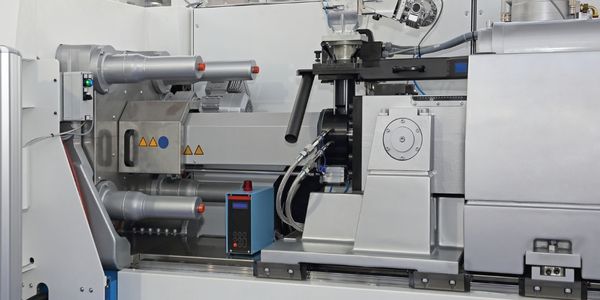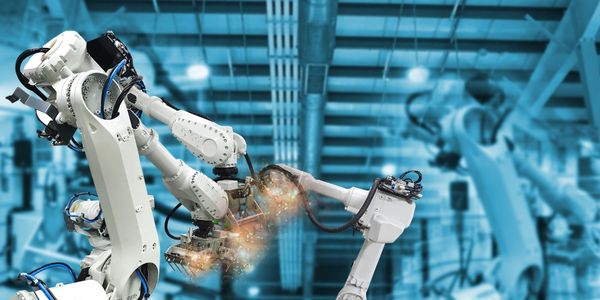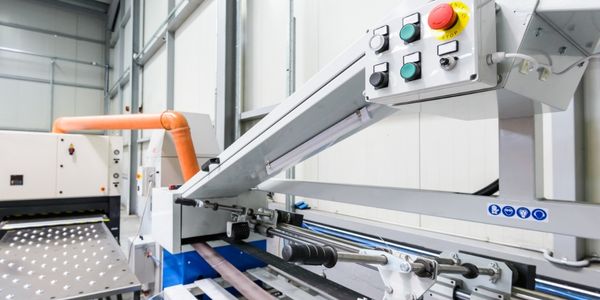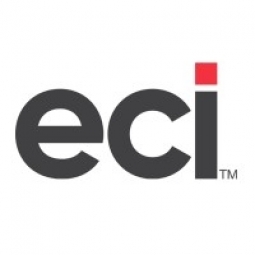Customer Company Size
SME
Region
- America
Country
- Canada
Product
- E2 Shop System
Tech Stack
- Cloud Computing
Implementation Scale
- Enterprise-wide Deployment
Impact Metrics
- Productivity Improvements
- Customer Satisfaction
Technology Category
- Infrastructure as a Service (IaaS) - Cloud Computing
Applicable Functions
- Discrete Manufacturing
Use Cases
- Manufacturing System Automation
Services
- Cloud Planning, Design & Implementation Services
About The Customer
KSM Stainless Steel Fabricators Ltd is a company based near Vancouver, Canada. The company works with the entertainment industry, creating custom pieces for TV shows and movies. The company has experienced significant growth, with a good month now being defined as having at least 240 orders, compared to 120 orders pre-2004. The company is currently working with the TV show Arrow on The CW network. In addition to their entertainment industry work, KSM also works with fine artists and businesses.
The Challenge
KSM Stainless Steel Fabricators Ltd, a company based near Vancouver, Canada, often works with the entertainment industry, which imposes aggressive timelines on their projects. Every job is a rush, with sometimes just days to plan, develop, and create a custom piece. Before implementing the E2 system in 2004, the company relied on handwritten notes, spreadsheets, and multiple systems that didn't work well together. Answering project status questions was time-consuming, requiring staff to go out on the floor, find the order, and talk to multiple employees.
The Solution
The implementation of the E2 system in 2004 was a key factor in KSM's success. The E2 system has allowed the company to handle the aggressive timelines imposed by the entertainment industry. The company is looking forward to implementing the E2 Shop System Hosted version, which is expected to provide even better and quicker search features. This will further improve their operations and response to daily customer inquiries. The E2 system is flexible and can adapt to some of the 'old ways' when necessary, such as having a paper that travels with a part to make it less susceptible to loss.
Operational Impact
Quantitative Benefit

Case Study missing?
Start adding your own!
Register with your work email and create a new case study profile for your business.
Related Case Studies.

Case Study
Plastic Spoons Case study: Injection Moulding
In order to meet customer expectations by supplying a wide variety of packaging units, from 36 to 1000 spoons per package, a new production and packaging line needed to be built. DeSter wanted to achieve higher production capacity, lower cycle time and a high degree of operator friendliness with this new production line.

Case Study
Robot Saves Money and Time for US Custom Molding Company
Injection Technology (Itech) is a custom molder for a variety of clients that require precision plastic parts for such products as electric meter covers, dental appliance cases and spools. With 95 employees operating 23 molding machines in a 30,000 square foot plant, Itech wanted to reduce man hours and increase efficiency.

Case Study
Fully Automated Visual Inspection System
Tofflon has developed a fully automatic machine that uses light to inspect vials, medicine bottles, or infusion containers for glass fragments, aluminum particles, rubber grains, hairs, fibers, or other contaminants. It also detects damaged containers with cracks or inclusions (microscopic imperfections), automatically removing faulty or contaminated products. In order to cover all production processes for freeze-dried pharmaceuticals, Tofflon needed to create an open, consistent, and module-based automation concept.

Case Study
SAP Leonardo Enabling Rocket Science
At times, ULA has as many as 15 different operating systems dedicated to overlapping processes, such as rocket design, testing, and launch. Multiple systems created unnecessary costs and unwanted confusion among workers at offices, factories, and launch sites in different location. In order to improve collaboration and transparency during vital activities that directly influence mission success, ULA wanted to improve data sharing and streamline manufacturing processes.

Case Study
IIC Smart Manufacturing Connectivity for Brown-field Sensors
The discrete manufacturing domain is characterized by a strictly hierarchical structure of the automation systems, commonly referred to as the automation pyramid. Data acquired by a sensor typically flows through an IO-module into a Programmable Logic Controller (PLC) which manages the local real-time control system. As all process data are concentrated in the PLC, re-programming the PLC and thus, implementing interfaces to access these data appear to be the natural choice to transfer them to the IT system. However, for brownfield installations this choice has proven impracticable for the following two reasons:In brownfield facilities, PLC usually operate within a once-specified environment and are rarely re-programmed. That is why the active staff is often not familiar with the code and lacks of the competence to modify the existing implementation in a reasonable amount of time.Furthermore, for cost reasons, any PLC was selected to exactly match the requirements of the environment within which it was intended to operate. That is why it cannot be assumed that a PLC will be able to support additional tasks such as communicating data through additional interfaces.

Case Study
Smart Factory Solutions for Tobacco Industries: Bridging the Manufacturing Generation Gap and Improving Operational Efficiency
The tobacco industry, represented in this case by British American Tobacco (BAT), is facing a decline in cigarette volumes worldwide. This decline has led to an increased emphasis on efficient supply chains and optimized production processes. The industry is also grappling with the need for agile production facilities and the integration of Industry 4.0 to accommodate diverse production requirements. BAT, in particular, was seeking a factory solution to automate their product control processes, from the transportation of tobacco and cigarette paper to the placement on cigarette machines and the packing conveyor. The company also needed to support the continuous use of legacy equipment, such as relay-controlled cigarette machines dating back to the 90s and AMK servo drive systems, to sustain production levels at speeds of 8000 to 16000 pieces per minute. Furthermore, changing regulatory guidelines necessitated flexibility in labeling requirements.







